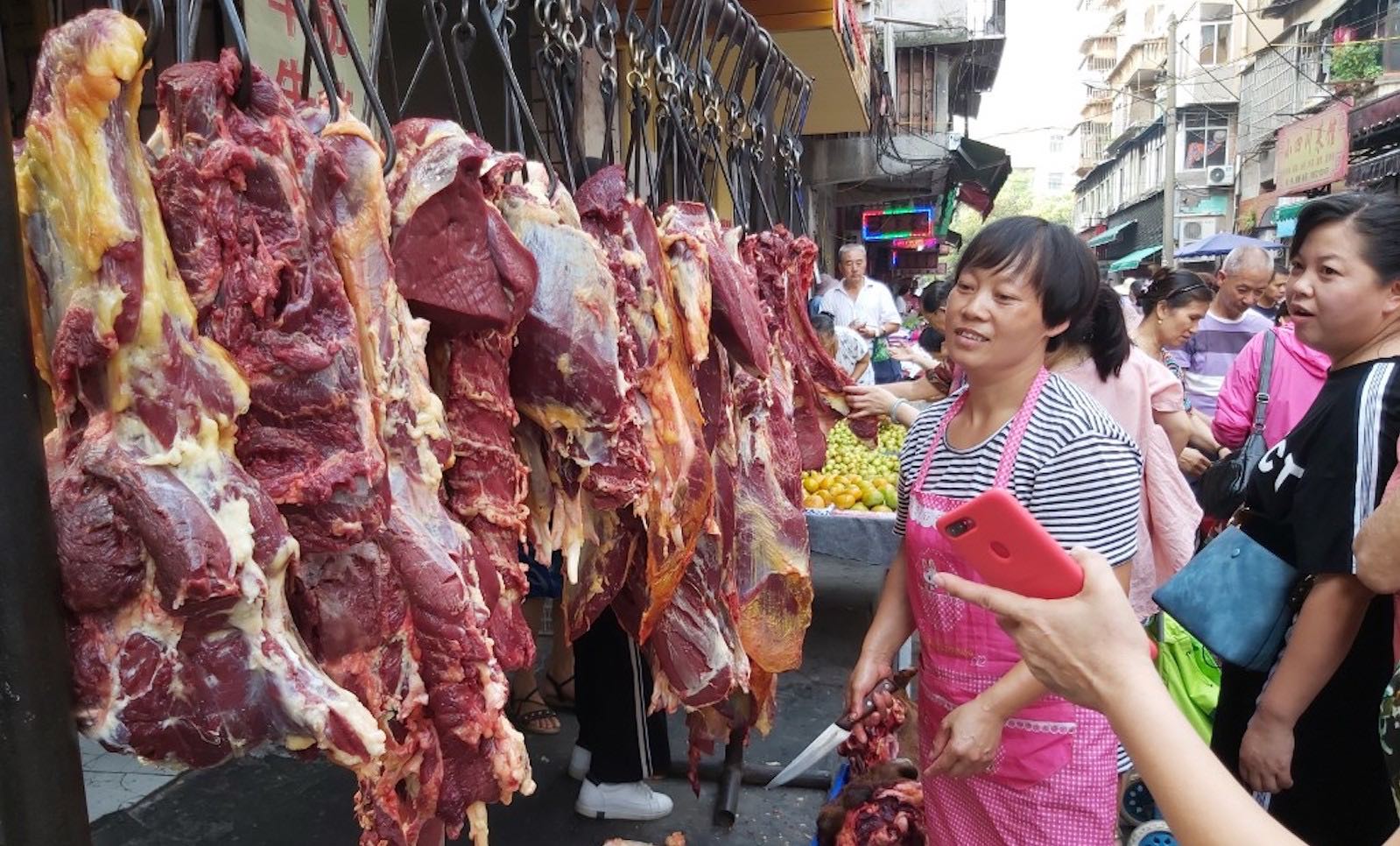(ATF) Prices of manufactured goods increased slightly last month as China’s economy began pulling out of the coronavirus slump that had shrunk GDP for the first time in generations.
Consumer inflation also edged slightly higher as intermittent new virus clusters led to more lockdowns and major floods in agricultural areas slowed the production and sale of some food.
China’s producer price index (PPI), which measures the cost of goods at the factory gate, climbed to -3% from -3.7% a month earlier, the National Bureau of Statistics (NBS) said Thursday. The increase, the first in the closely watched gauge since October, was fuelled by higher prices for raw materials, especially ferrous metals, manufactured goods and consumer goods. However, non-commodity prices slumped.
Producer price deflation threatens to damage China’s efforts to revive its economy after the shutdown of industry and the lockdown of millions of people led to a first-quarter contraction in GDP. Falling prices are a drag on growth because customers defer purchases to later when they can expect to receive a lower price. The government in Beijing has been pumping trillions of yuan into the economy to kick-start industry and to get consumers buying again.
Fiscal stimulus
The data adds “to evidence that industrial demand had mostly recovered by the end of Q2,” said Capital Economics analysts led by senior China economist Julian Evans-Pritchard. “With fiscal stimulus and infrastructure spending still ramping up, we think that economic activity and producer prices are set to recover further in the coming months. On past form, this means that core consumer price inflation should start rising before long, too.”
The consumer price index (CPI) rose to 2.5% in June, picking up from 2.4% in May, NBS data also showed.
The increase was mainly attributable to the rising cost of pork and some vegetables. Fuel prices also fed into the reading after the National Development and Reform Committee (NDRC) lifted prices in June.
Dong Lijuan, senior statistician of the Urban Statistics Department of NBS, said the slaughter of pigs had slowed and strict requirements for epidemic prevention and reduction in imports had also tightened supplies.
Caterers, restaurants
Prices had also been affected as demand from caterers and restaurants rebounded from the lockdowns, which had confined tens of millions of people to their homes, Dong said.
Floods in many parts of China, and a coronavirus cluster in Xinfadi market in Beijing, led to short-term shortages of vegetables in some areas and sent the price of fresh vegetables rising 2.8% from an 8.5% decline last month.
Dong noted that international commodity prices had also picked up, the domestic manufacturing industry recovered steadily and market demand continued to improve last month.
Barclays analysts warned that a resurgence of the African swine fever, which decimated the Chinese pig meat market last year, threatened to weigh further on CPI, as would the risk of more floods.
“The the impact of the recent serious flooding in central and southern China may last longer than expected, which would push up vegetable and grain prices,” wrote Barclays analysts led by Yingke Zhou. “The suspension of pork imports amid concerns about COVID infections and risk of a second-wave of the African swine fever could accelerate the rebound in pork inflation.”
READ MORE: China warns of ‘critical 10 days’ for flooding
READ MORE: Support pledged to help smaller enterprises
- With additional reporting from Nadeem Xu
























